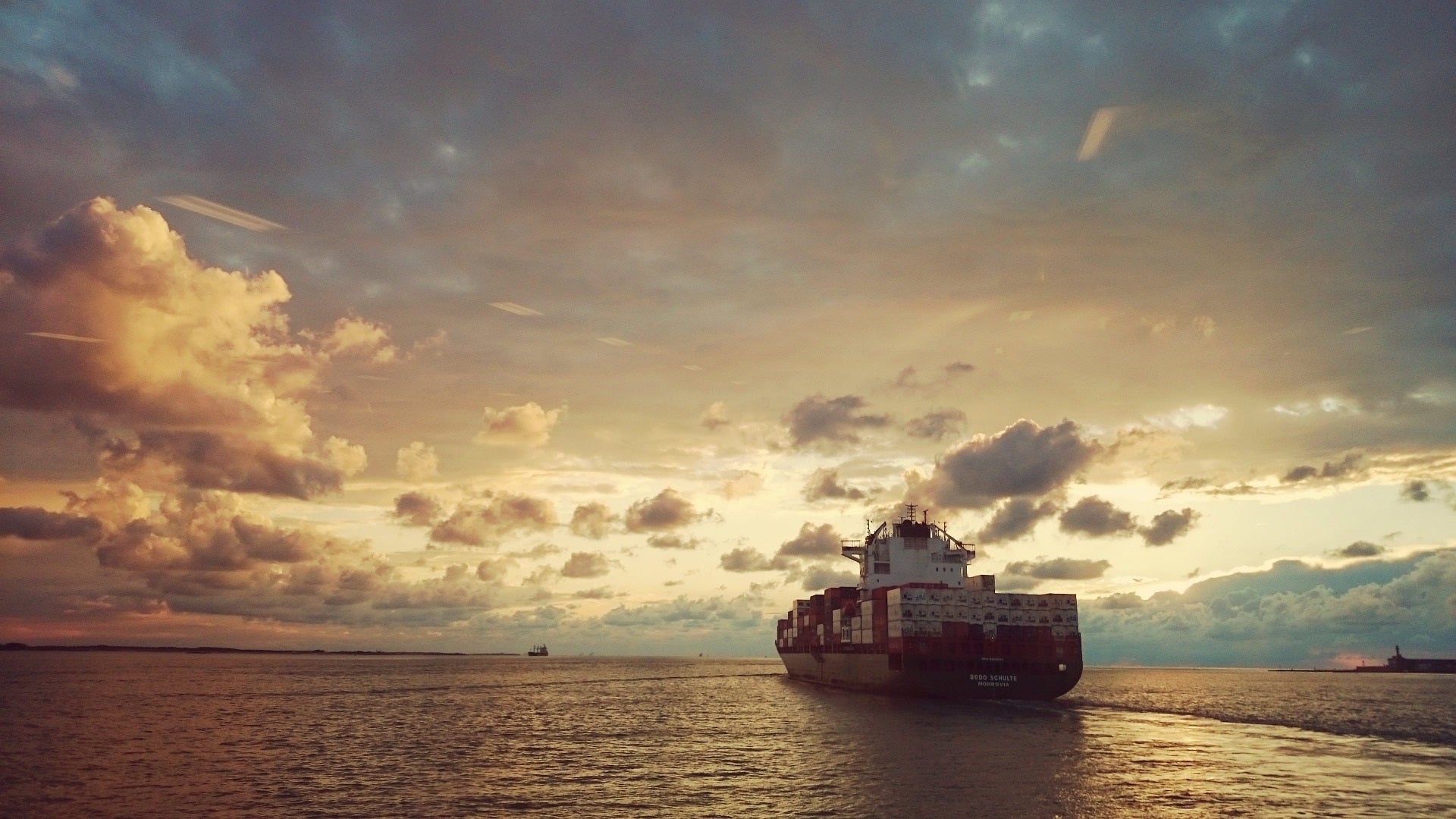
South Korean shipbuilder Samsung Heavy Industries (SHI) has partnered with Korea Atomic Energy Research Institute (KAERI) for the development of nuclear power technology for use in ships.
As per the agreement, SHI and KAERI will jointly research and develop Molten Salt Reactor (MSR) technology, which will also be leveraged in floating power plants.
The partners will also conduct research on related equipment, including heat exchangers, offshore nuclear product design and business model development, as well as verify performance and evaluate its feasibility.
These reactors are a type of small module reactor that deploy molten fluoride salts as the main coolant at low pressure.
This emerging zero-carbon source of nuclear energy technology is said to have the capacity to reduce greenhouse gas emissions by 50% by 2050 and eliminate them completely by the end of the century.
SHI president Jintaek Jeong said: “MSR is a carbon-free energy source that can efficiently respond to climate change issues and is a next-generation technology that meets the vision of SHI. We plan to focus on research and development to become a new future growth engine.”
How well do you really know your competitors?
Access the most comprehensive Company Profiles on the market, powered by GlobalData. Save hours of research. Gain competitive edge.

Thank you!
Your download email will arrive shortly
Not ready to buy yet? Download a free sample
We are confident about the unique quality of our Company Profiles. However, we want you to make the most beneficial decision for your business, so we offer a free sample that you can download by submitting the below form
By GlobalDataAccording to the shipbuilder, the technology features a high level of security and efficiency in the generation of power.
It is designed to prevent mishaps as it solidifies the molten salt in the reactor.
In February, SHI secured an order for four liquefied natural gas (LNG)-powered very large crude oil carriers (VLCCs).
The order was placed by an undisclosed shipping corporation in Oceania and carried a total value of approximately $415m.



